Increased Focus on Home Automation
The growing trend of home automation is a significant driver for the Residential Lighting Control System Market. As technology advances, homeowners are increasingly looking for ways to automate various aspects of their living spaces, including lighting. Automated lighting systems offer convenience, security, and energy savings, making them appealing to a broad audience. Market data indicates that the home automation sector is expanding rapidly, with lighting control systems being a crucial element. This trend suggests that as more consumers embrace home automation, the Residential Lighting Control System Market will likely see a corresponding increase in demand for innovative lighting solutions.
Rising Demand for Energy Efficiency
The increasing emphasis on energy efficiency is a primary driver for the Residential Lighting Control System Market. As consumers become more environmentally conscious, they seek solutions that reduce energy consumption. According to recent data, residential lighting accounts for a significant portion of energy use in homes, prompting homeowners to adopt advanced lighting control systems. These systems enable users to optimize lighting based on occupancy and natural light availability, thereby reducing energy waste. The trend towards energy-efficient solutions is further supported by government incentives and regulations aimed at promoting sustainable practices. Consequently, the Residential Lighting Control System Market is likely to experience substantial growth as more households invest in energy-efficient lighting technologies.
Advancements in Smart Home Technology
The proliferation of smart home technology is reshaping the Residential Lighting Control System Market. With the advent of Internet of Things (IoT) devices, homeowners are increasingly integrating lighting systems with other smart home components. This interconnectedness allows for seamless control and automation of lighting, enhancing convenience and user experience. Data indicates that the smart home market is projected to grow significantly, with lighting control systems being a key component. As consumers seek to create more integrated living environments, the demand for sophisticated lighting control solutions is expected to rise. This trend not only boosts the Residential Lighting Control System Market but also encourages innovation in product offerings.
Growing Awareness of Health and Well-being
The rising awareness of health and well-being is influencing the Residential Lighting Control System Market. Research suggests that lighting has a profound impact on mood, productivity, and overall health. As individuals become more attuned to the effects of lighting on their well-being, they are likely to invest in systems that allow for customizable lighting settings. Features such as circadian lighting, which adjusts color temperature and intensity throughout the day, are gaining traction. This shift towards health-oriented lighting solutions is expected to drive demand within the Residential Lighting Control System Market, as consumers prioritize environments that promote physical and mental wellness.
Regulatory Support for Energy-efficient Solutions
Regulatory frameworks promoting energy-efficient solutions are playing a pivotal role in the Residential Lighting Control System Market. Governments worldwide are implementing policies and standards aimed at reducing energy consumption in residential settings. These regulations often encourage the adoption of advanced lighting technologies, including smart lighting control systems. As a result, manufacturers are increasingly focusing on developing products that comply with these standards, thereby enhancing their market competitiveness. The support from regulatory bodies not only drives innovation but also fosters consumer confidence in energy-efficient lighting solutions. Consequently, the Residential Lighting Control System Market is poised for growth as these regulations continue to shape consumer behavior.


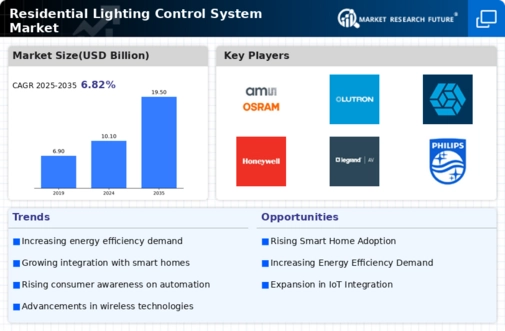
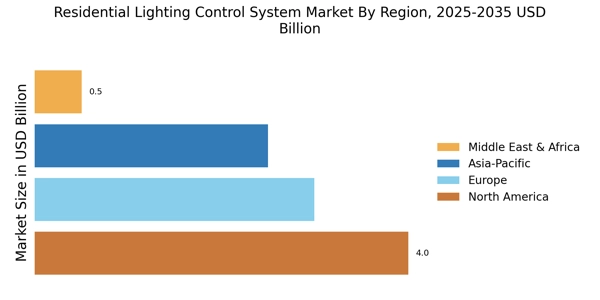

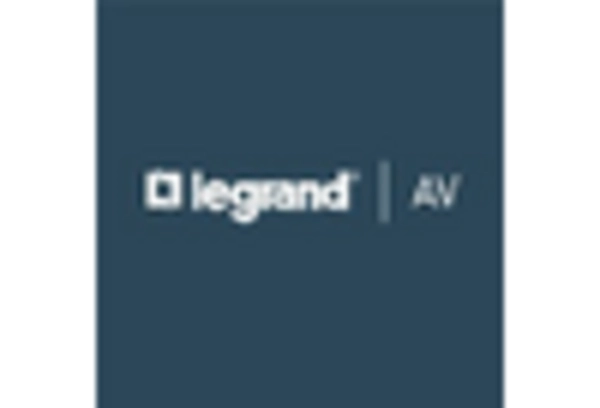
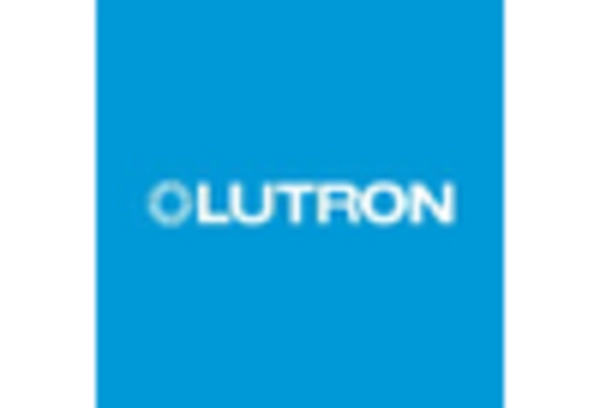
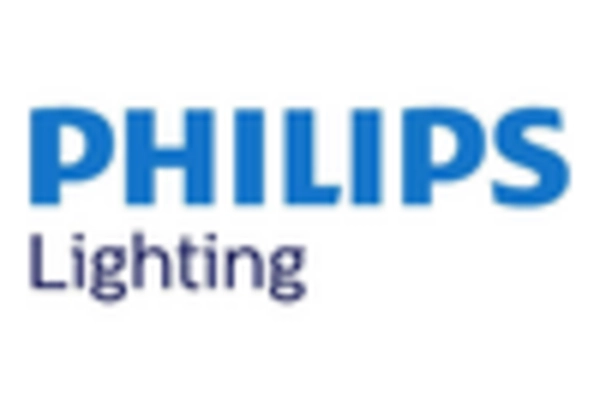










Leave a Comment